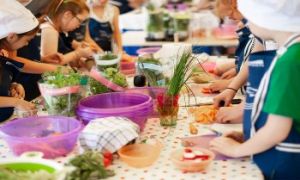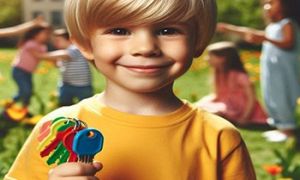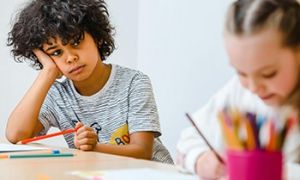Anti-bias experiences support respecting, valuing and embracing diversity as well as fighting prejudice and inequality and celebrating all children in a respectful and inclusive way. The following article provides anti-bias experiences that can be incorporated into the curriculum.
Exploring Hair
Ask kids to examine their hair in the mirror and touch it. Request that they explain it. Then display images of various cultures' use of hair as a form of self-expression. To make various hairstyles, collect wigs, scarves, rubber bands, hair clips, turbans, and other accessories.
Everyday Images
Simply look at images from around the world and ask questions. Talk about the differences and similarities in people.
Family
Start by asking the kids what characteristics a family has. Then, using these representations, introduce several families: "This is Joe. He has a husband named Bill. Melissa, their daughter, was born. They live as a family. or "Rosa here. She lives with Helena, her grandmother. They live as a family. There are countless options.
Mothers and Babies
Similar traits and cultural backgrounds are introduced in this experience. You'll need a photo of a cat and her kittens, card stock, glue, and images of moms and newborns from many cultures all around the world.
Invite the youngster to match the mother and baby on the cards by preparing them. Find out what makes the mothers' faces different and why the child picked that mother to go with that specific child. then display a picture of the mother cat and her offspring. Describe how, despite the fact that they might not look like her, she is still their mother.
Crack The Egg
Take a brown and white egg. Find out from the kids how the many eggs differ from one another.
When the kids respond with the colour, split open the egg and demonstrate to them how the eggs are identical on the inside while having various exteriors.
Bread Party
Get "bread from around the world" from the grocery store, such as naan, cornbread, tortillas, matzo, pita, scones, etc. Describe the bread's name and the culture it comes from. After that, let the kids sample it. Discuss the customs of those cultures. You two could even bake some bread together. This learning exercise is my favourite since it engages the senses and is practical. If you don't have access to the bread, look for pictures online or in a book at the library.
Dough Activity
Place four or five colours (choose multi-cultural colours such as in this playdough set) out for the kids to explore. Encourage them to mix the colours to create new colours. Encourage them to try to create a colour that matches their skin.
Including anti-bias experiences in the curriculum is a way of teaching that supports children and their families as they develop a sense of identity in a diverse society. It helps children learn to be proud of themselves and their families, respect a range of human differences, recognize unfairness and bias, and speak up for the rights of others (Derman-Sparks & Edwards 2010).
Further Reading
Celebrating Multiculturalism in Childcare - The following article provides strategies for celebrating multiculturalism with children,
Cultural Competence In Early Childhood Settings - The following article provides information on cultural competence in the EYLF, cultural competence in Practice, Environment and Resources and more.
Examples Of How Diverse Cultures Can Be Incorporated In Everyday Practice - Here are some examples of ways diverse cultures can be embedded in everyday practice.
Children Of The World Posters - The Children Of The World Posters show children from around the world. These are great to display within the learning environment that enable children to observe how children from different parts of the world, how dress, similarities and differences. These are great to show diversity, belonging and harmony.
Reference:
Anti-Bias Curriculum, Carrots And Orange







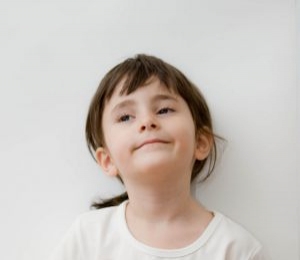 Open ended questions cannot be responded to with one word answers such as yes or no. These types of questions enables a child to provide
Open ended questions cannot be responded to with one word answers such as yes or no. These types of questions enables a child to provide During your child’s preschool years, an important milestone begins to emerge. This is the development of pre-writing skills. Pre-writing skills are used to encourage, develop
During your child’s preschool years, an important milestone begins to emerge. This is the development of pre-writing skills. Pre-writing skills are used to encourage, develop Open ended materials enables children to play freely. They are objects that have no rules to follow, use or function. Raw materials that can be
Open ended materials enables children to play freely. They are objects that have no rules to follow, use or function. Raw materials that can be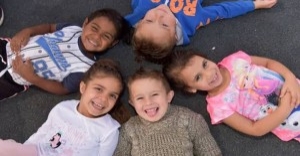 An Acknowledgment of the Country is a way of showing respect for the Traditional Owners and can be given by both non-Indigenous people and Aboriginal
An Acknowledgment of the Country is a way of showing respect for the Traditional Owners and can be given by both non-Indigenous people and Aboriginal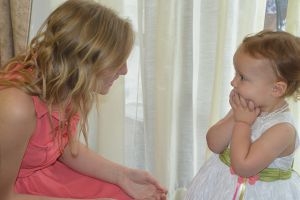 Language plays an important role in a child’s development. It enables a child to communicate effectively with their family, learn at school, socialize with friends,
Language plays an important role in a child’s development. It enables a child to communicate effectively with their family, learn at school, socialize with friends,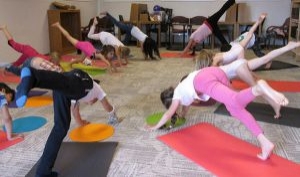 Like adults, children have to deal with their own stress in life. Moving house, starting a new school, preparing for a new sibling - these are
Like adults, children have to deal with their own stress in life. Moving house, starting a new school, preparing for a new sibling - these are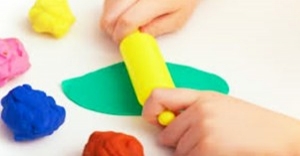 Playdough is such a versatile material. It provides numerous benefits to children as they manipulate it, it is safe and soothing and provides children with
Playdough is such a versatile material. It provides numerous benefits to children as they manipulate it, it is safe and soothing and provides children with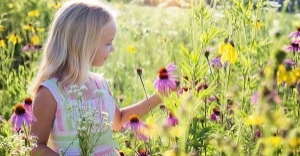 Teaching children about sustainability enables them to appreciate and respect the natural environment. Early childhood services can provide meaningful hand on learning experiences in order
Teaching children about sustainability enables them to appreciate and respect the natural environment. Early childhood services can provide meaningful hand on learning experiences in order Recycling is an important concept that teaches children to care for the environment. It encourages children to be responsible and show a growing appreciating for
Recycling is an important concept that teaches children to care for the environment. It encourages children to be responsible and show a growing appreciating for When children apply paint to paper, glue things together, or pound a lump of clay, they experiment with colour, shape design and texture.
When children apply paint to paper, glue things together, or pound a lump of clay, they experiment with colour, shape design and texture.
